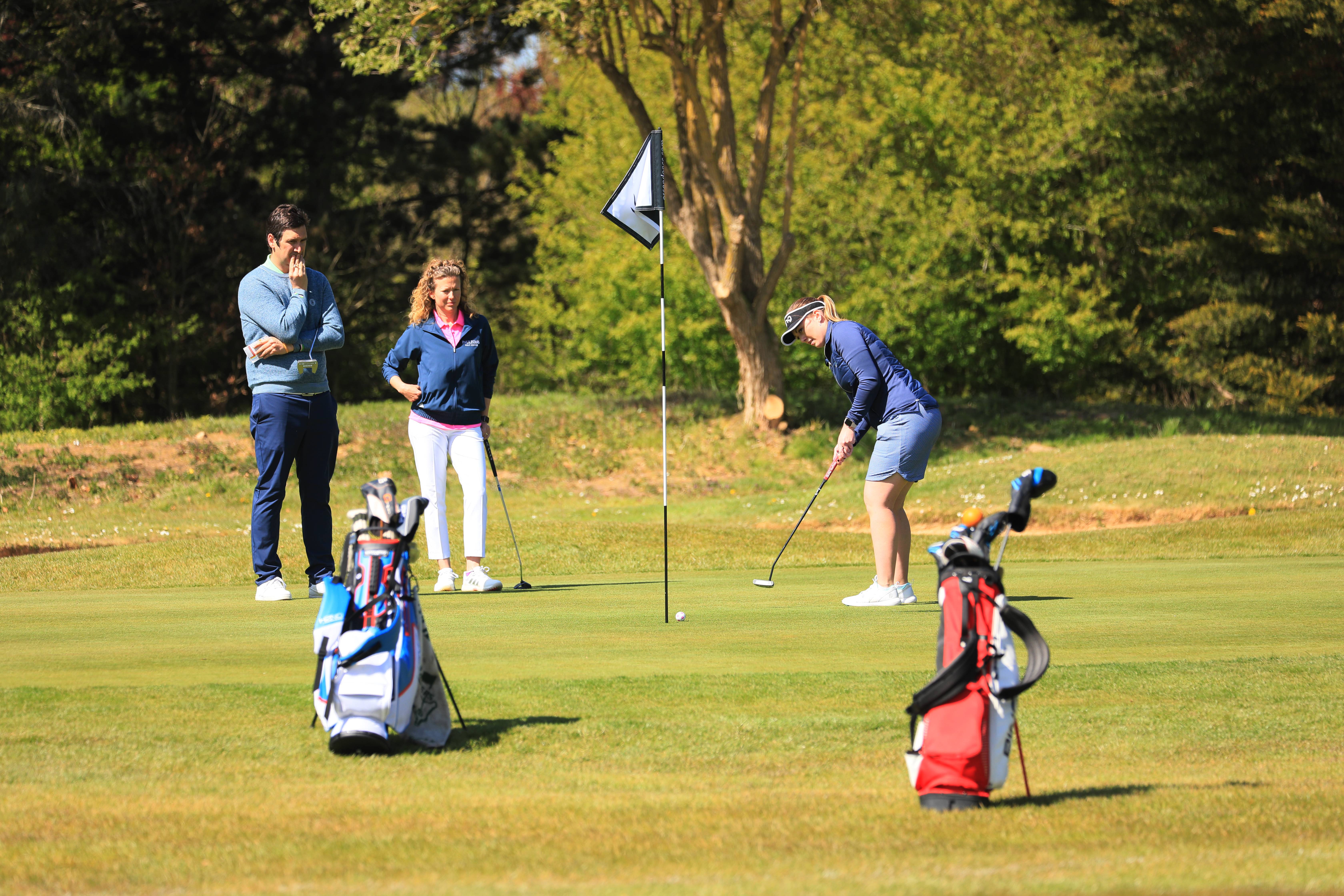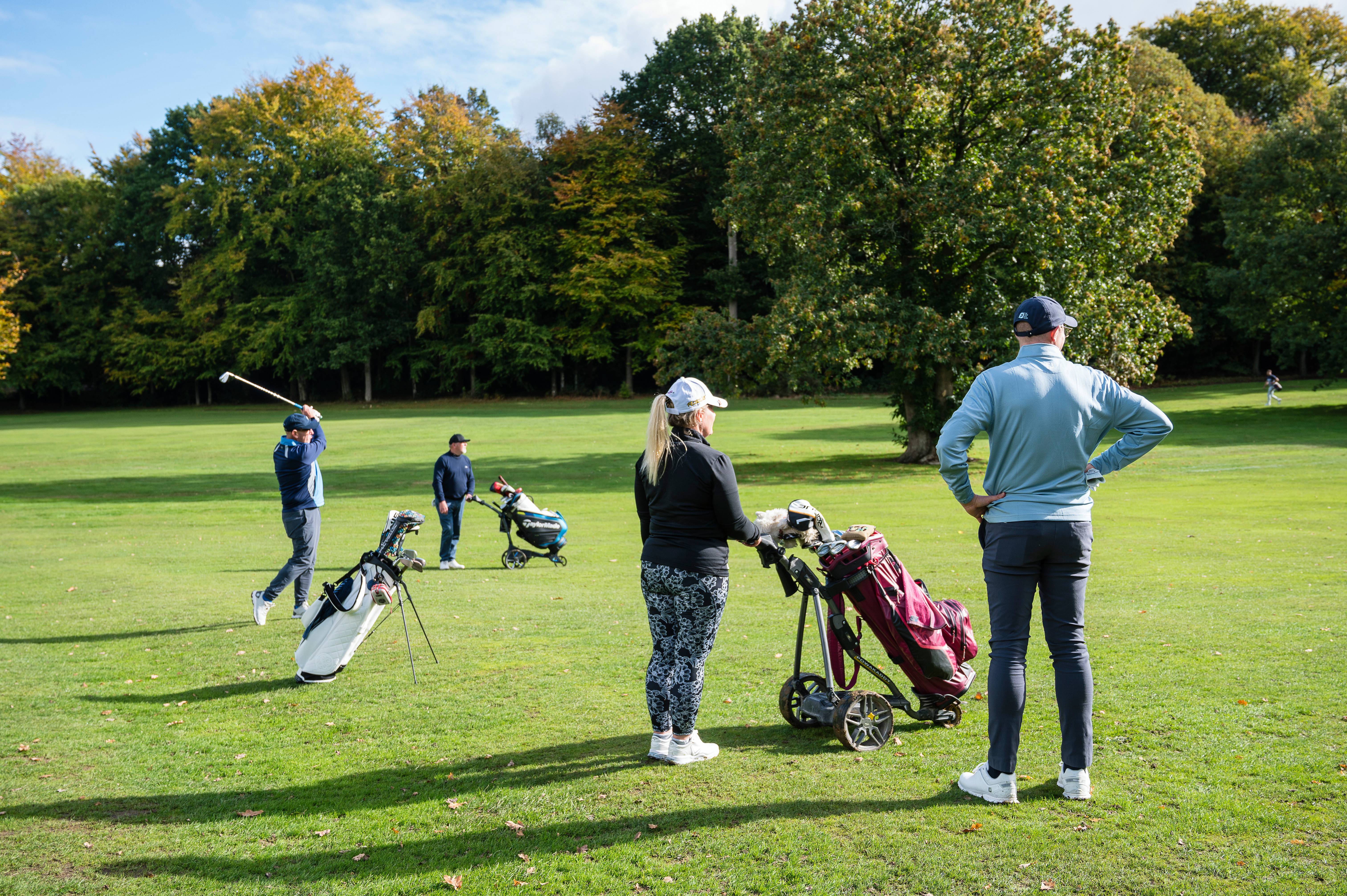Why I Gave Up Golf: One Woman's Story About Male-Dominated Club Life
In conversation with a former single-figure female golfer, Alison Root finds out why she left the sport she loved


Will the subject of gender equality in golf ever go away? In my lifetime, I suspect not. Women have made great strides, especially over the last couple of decades, to slowly break down barriers and become more widely accepted in what is historically a male-dominated sport, but there’s still a long way to go.
I was recently introduced to a friend of a friend who was a female golfer, and it’s the ‘was’ that highlights the ongoing issues that impact the ability to encourage women and girls to the sport and more importantly, retain them.
The former golfer in question played golf as junior, she represented her club and county and at her best, was a 6 handicapper. Life as a junior member, mixing with other girls and boys was fun and she described these as her best times. However, when she made the transition from a junior member to a business lady member, that’s when golf turned sour for her and she eventually gave up the sport that she loved so much. At this point, it's worth mentioning that this woman stepped away from the game about 15 years ago. Have lessons been learned to the extent that an enthusiastic young female golfer would never now be lost to the sport for similar reasons? I'm not sure they have.
When the Equality Act 2010 was introduced, golf clubs made all the right noises to comply with new guidelines that included equal access to the golf course at all times. But this clause often comes with a caveat and only applies when there are no gender or age specific competitions, and this is where one of the biggest problems lies.
Today, there are still a great number of clubs that have restricted access for women to play at weekends, and for any businesswoman that pays the same fees as a man, this is totally unfair. Men will argue that women have the tee reserved on a specific day during the week, but that’s no use to modern-day women who are busy working. This is an all-too-common problem that narrows the appeal of golf to a large percentage of the younger female population.

Encourage more mixed golf
Reverting back to my conversation with the woman that golf has lost, and as a ‘business lady’ member myself for the most part of my golfing life, I can relate to her comments that led her to hang up her clubs. During one summer, she counted 17 weekend days when the course was closed to women due to men’s competitions, but that’s not all.
At the time, it was generally just her and a couple of other high handicappers playing at the weekend, and as a single-figure golfer, it was frustrating for her when she had to watch several shots being played before reaching her drive. She asked if she could mix in and play with a men’s group, but she received a categoric ‘NO’. As she was in the minority, without the full support of the older demographic of lady members, who were content with their playing rights and not interested in playing with men, she was fighting a losing battle.
Subscribe to the Golf Monthly newsletter to stay up to date with all the latest tour news, equipment news, reviews, head-to-heads and buyer’s guides from our team of experienced experts.
A slow round is one thing, but another sentiment we shared is that if you are unable to tee off until 11am on a Saturday, there’s minimal time to do anything productive beforehand, you’re on the golf course for approx. 4 hours, a social drink post-round, and your Saturday has virtually gone.

Women want the opportunity to play competition golf at the weekend
On one occasion, when preparing to slot in to play a two-ball match play behind the last group in a men’s foursomes competition, she bumped into some men in the pro shop and asked if they were the last group playing in the competition, to which they hesitantly replied ‘yes’. It soon became apparent that they weren’t in the competition because they were playing their own ball. Suffice to say, the ladies ended up waiting to play every shot. Never shy to confront anyone, she caught up with them and asked: “Would you like to have another go at answering my question and perhaps you’d like to be honest this time. You told me that you were playing in the competition, but we have seen you play every ball.” Naturally, there were blushes of embarrassment, but this is just one example of several run-ins that she had with male members and it highlights the disrespect and blatant pig-headedness that a lot of men demonstrate towards female golfers, making them feel like second class citizens.
Golf should be enjoyable, not depressing, and a combination of all the above issues and more culminated in her resignation from the club. She sent a letter to the secretary and constructively detailed her reasons for leaving, but she didn’t even receive a reply. Of course, she toyed with the idea of joining another golf club, but feeling completely disillusioned by golf club culture, she turned to tennis instead.
Having not been exposed to any other sport, she naively thought that tennis clubs would have the same dynamic as golf clubs, for example, women only allowed on the courts at certain times. She found it so refreshing to have equal standing in such a welcoming atmosphere, plus she appreciates the fact that a game of tennis is not as time consuming as a round of golf.
We have lost a really good golfer to another sport and it’s unlikely she’s not a unique case. I’m not a super-feminist, I love men, and I don’t want to tarnish all clubs and their male members with the same brush. Some amazing work is being done to influence change, but unfortunately there is still a significant number, predominantly traditional golf clubs, that operate with a chauvinistic attitude towards women.
Is there really equality at all golf clubs? I don’t believe so. What I do believe is that if a club is reluctant to change, this is surely to the detriment of a club’s long-term success. Golf can learn from this story to help encourage greater female participation in the future, and here are 5 tips for consideration:
1. Challenge convention, listen to what members really want.
2. Ensure women have the opportunity to play competition golf at the weekend.
3. Encourage men and women to be more receptive to mixed golf to foster a more inclusive and friendlier atmosphere.
4. Embrace all golfers, make them feel welcome, as you don’t want to lose them to another club or another sport.
5. Learn from other golf clubs, how they operate to achieve a flourishing and happy membership.
Alison Root has over 25 years experience working in media and events, predominantly dedicated to golf, in particular the women’s game. Until 2020, for over a decade Alison edited Women & Golf magazine and website, and is now the full-time Women's Editor for Golf Monthly. Alison is a respected and leading voice in the women's game, overseeing content that communicates to active golfers from grassroots through to the professional scene, and developing collaborative relationships to widen Golf Monthly's female audience across all platforms to elevate women's golf to a new level. She is a 16-handicap golfer (should be better) and despite having had the fantastic opportunity to play some of the best golf courses around the world, Kingsbarns in Scotland is her favourite.
